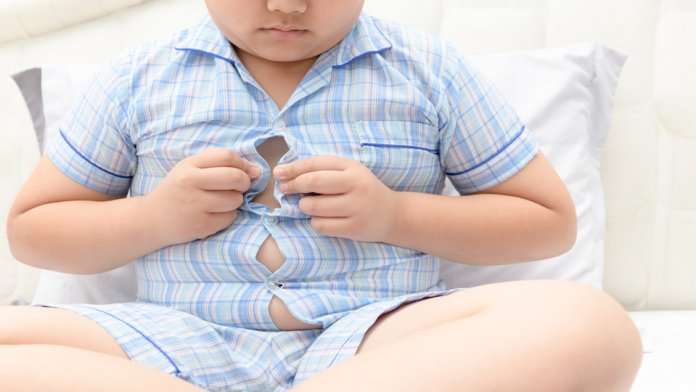Does the name “Augustus Gloop” sound familiar? Augustus was one of the main characters in the Roald Dahl’s famous book, Charlie and the Chocolate Factory. He was a greedy child who was obsessed with chocolate…and he had a weight problem as a result. There have been two Hollywood movie adaptations of the book. The first was in 1971 and starred Gene Wilder as Willy Wonka. 34 years later, Johnny Depp played that role in a new version that came out in 2005. The new movie has some better special effects and some minor plot changes but essentially, it tells the same story. But wow…has Augustus Gloop changed. In the 2005 version, the actor who plays Gloop looks to be at least 50 pounds heavier than his 1971 predecessor.
Before you dig into the tragic story about childhood obesity from my team at UpWellness…remember what the Oompa Loompas had to say in their famous song:
“Oompa loompa doompety doo– I’ve got a perfect puzzle for you
Oompa loompa doompety dee– If you are wise you’ll listen to me
What do you get when you guzzle down sweets– Eating as much as an elephant eats
What are you at, getting terribly fat– What do you think will come of that?”
-JL
Although you may have heard differently, the truth about childhood obesity rates is that they are rising, and rising fast. In 1999, about 29% of children ages 2 to 19 were overweight. By 2016, this figure rose to 35%. The latest figures show that one in five children are obese.
A study published in the journal Pediatrics reveals some pretty scary truths that can not be ignored. America’s children are getting fatter fast. According to lead study author Asheley Cockrell Skinner, an associate professor at Duke University,
“once a kid has developed obesity, it’s a lot harder to change it. It’s much easier to prevent obesity than it is to reverse it.”
Largest increases in obesity in the youngest group
Sadly, the largest increases in obesity rates were seen in children ages 2 to 5. The obesity risk rate was highest among teens age 16 to 19 and the Hispanic population. In these groups, the study found that four out of ten children were at risk of being overweight.
Previous research showed decline but was wrong
Some previous information, that came on the heels of former First Lady Michelle Obama’s Let’s Move campaign and other efforts to get kids moving and eating healthier seems to have been overhyped according to Skinner.
“There’s a misconception that obesity as a problem is on a decline,” Skinner said. “That’s very much not the case.”
According to Tom Baranowski, a psychologist who has been trying to develop methods to prevent pediatric obesity since the 1980s, explains that the problem is more complicated than energy in and energy out. “Clearly, that’s evidence that the extensive amount of efforts expended nationally is not working.”
What is really behind the American childhood obesity epidemic
Clearly, what is being done does not work but is it really that complicated? American youth are not as active as they were twenty or thirty years ago. There are new distractions such as phones, video games, and social media. We live in a drive-through society, and this has impacted kids in a big way. Fewer kids spend outdoors, in nature and moving. Instead of walking or riding bikes, kids now drive battery operated scooters.
But it’s not just a lack of movement that is to blame; it is a lifestyle – that includes what kids are eating. Childhood obesity is a result of lifestyle and the good news is that lifestyle can be changed.
Good health starts with habits in the home
Here are some tips for kids and parents to help get a handle on the obesity epidemic. Healthy habits start in the home. These tips will help the whole family be healthier and reduce the risk of obesity.
- Eat together as a family – Share in the planning, shopping, and cooking of healthy meals with the whole family. Make it a priority to cook and eat together at home instead of grabbing fast food.
- Choose whole and fresh food first – Skip the packaged food and spend most of your time in the fresh produce aisle complimenting your meals with healthy protein choices and as little processed food as you can.
- Say no to sugar – Get all refined sugar and sugar products out of the house and use healthier options like raw stevia to sweeten things.
- Don’t reward yourself or your kids with unhealthy food – Avoid the temptation to reward yourself or your children with unhealthy food.
- Move together – Move together as a family – spend time outside doing fun activities like hiking, biking, and gardening. Parents should set the example, and kids will follow.
- Limit time on electronics and television – Encourage your children to be active by limiting time on electronic devices and in front of the television. Again, remember, parents set the example.
- Get educated together – Take the time to learn about what foods are healthy and include your children in the learning process. This will help them take responsibility for their habits.
-The UpWellness Team


